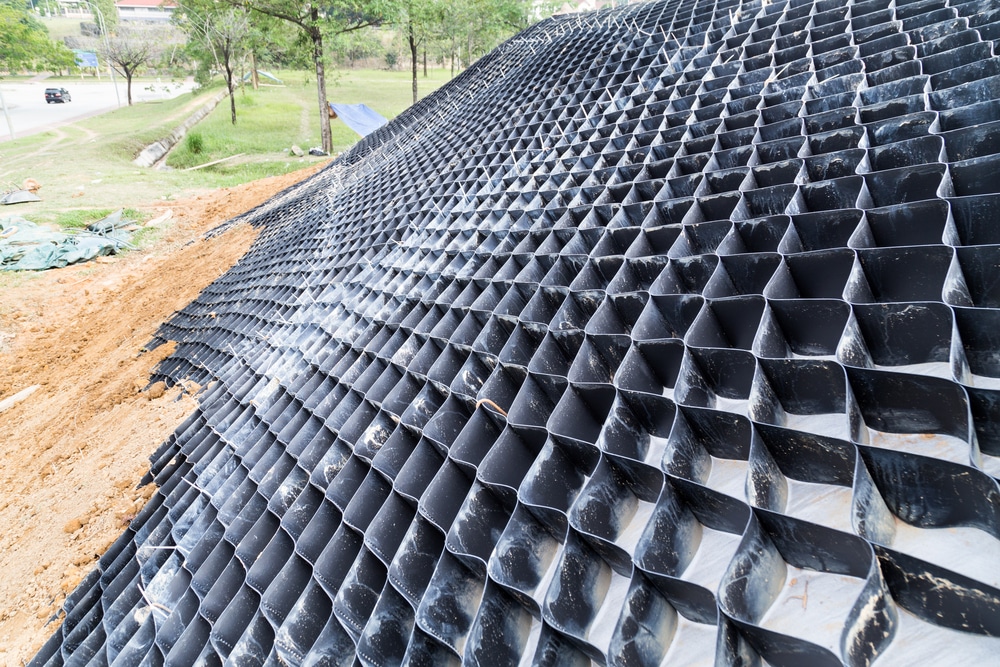Erosion is a natural process, but when accelerated by human activities, it poses a significant threat to the environment. Innovations in erosion control solutions are crucial in combating this issue. This guide delves into contemporary methods and materials designed to prevent soil erosion, safeguard waterways, and encourage sustainable land use.
Understanding Soil Erosion and Its Impact
The Challenge of Accelerated Erosion Soil erosion is not just the loss of soil but a broader environmental threat, affecting water quality, agriculture, and habitats. This section provides an overview of erosion, its causes, and the far-reaching impacts it has on the environment and human activities.
The Evolution of Erosion Control Techniques
From Traditional to Modern Approaches Erosion control has evolved significantly over the years. This part explores the transition from traditional methods like terracing and crop rotation to modern, innovative techniques. It highlights how these advancements have enhanced the effectiveness of erosion control.
Innovative Materials in Erosion Control
Advancements in Sustainable Materials The development of new materials plays a vital role in modern erosion control solutions. This segment will discuss the latest materials used in erosion control, focusing on their sustainability, durability, and effectiveness in different environments.
Biotechnical and Bioengineering Solutions
Integrating Nature with Technology Bioengineering methods combine biological elements with technical solutions to control erosion. This section delves into how these techniques, such as planting vegetation and using biodegradable materials, work in harmony with the environment to prevent erosion.
Geosynthetics: A Game-Changer in Erosion Control
The Role of Synthetic Materials Geosynthetics have become a cornerstone in erosion control strategies. This part will cover the various types of geosynthetics used, such as geotextiles and geomembranes, and how they contribute to stabilizing soils and preventing erosion.
Erosion Control in Waterways and Coastal Areas
Special Considerations for Aquatic Environments Erosion control in waterways and coastal areas presents unique challenges. This section focuses on solutions specifically designed for aquatic environments, discussing techniques like riprap, gabions, and erosion control blankets that help stabilize these areas.
The Impact of Climate Change on Erosion Control
Adapting Solutions for a Changing World Climate change significantly impacts erosion patterns. This segment explores how erosion control solutions are being adapted to cope with the challenges posed by climate change, ensuring long-term effectiveness and environmental protection.
Regulatory Framework and Compliance
Navigating Legal Requirements Understanding the legal and regulatory framework surrounding erosion control is essential for compliance and effectiveness. This part provides an overview of the regulations and standards governing erosion control projects, emphasizing the importance of adherence to these guidelines.
Case Studies: Successful Erosion Control Projects
Real-World Examples of Effective Solutions Illustrating the application and effectiveness of innovative erosion control techniques, this section includes case studies or examples of successful projects. It highlights the strategies used and the positive outcomes achieved in these scenarios.
Conclusion
The advancement in erosion control techniques and materials marks a significant step forward in environmental protection. Modern erosion control solutions offer a blend of effectiveness, sustainability, and compliance with environmental standards, making them indispensable in our efforts to preserve and protect the Earth's landscapes.
